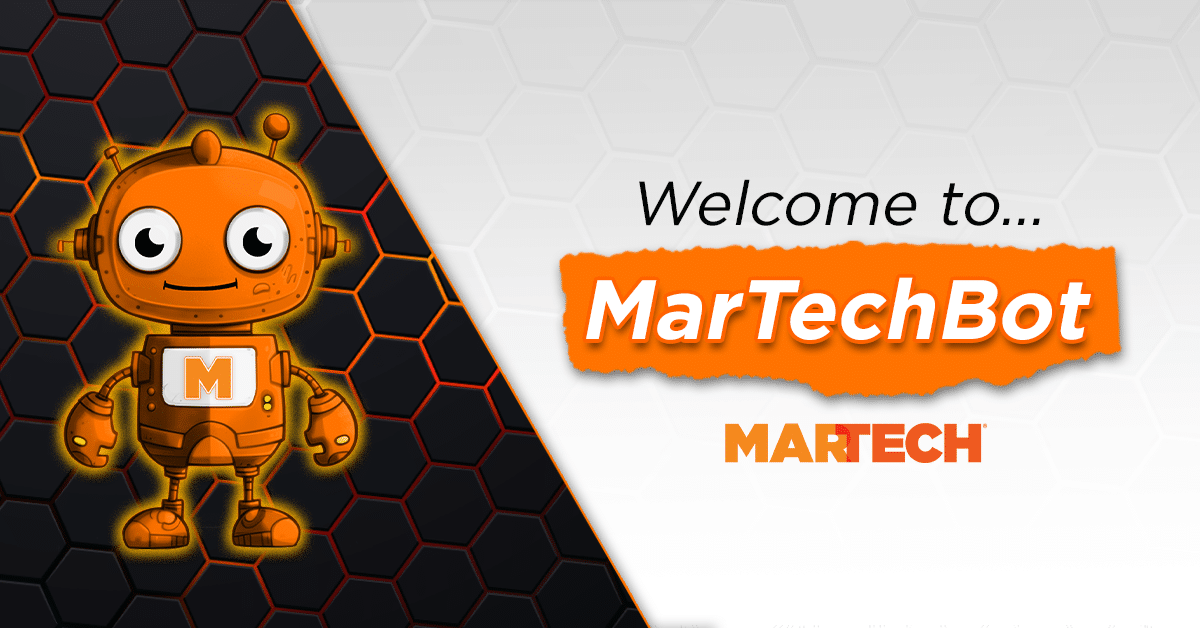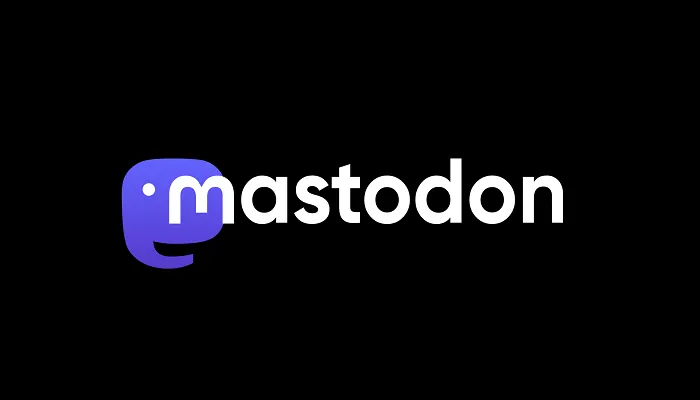Organizations’ investments in Internet of Things (IoT) projects are beginning to pay off. For firms that understand the synergies between the two technologies, adopting intelligent automation in the form of Robotic Process Automation (RPA) combined with Artificial Intelligence (AI) can produce even faster and greater returns.
Numerous sectors have been changed by the idea of the Internet of Things (IoT) and the constant connectivity of gadgets to support data and information sharing. Robotic Process Automation (RPA) is a platform that is a strong contender for inclusion in the Internet of Things (IoT) due to its capacity to improve back office and repetitive operations through automation.
What Exactly Is IoT?
The Internet of Things (IoT) is a system of interconnected computing devices, mechanical and digital machines, objects, animals, or people that are given unique identifiers and the ability to transfer data over a network without needing human-to-human or human-to-computer interaction, according to Google.
In layman’s terms, the IoT is how a gadget operates if it has an on/off switch and is connected to the internet. IoT also includes the phone, tablet, or laptop you use to read this.
In its simplest form, IoT is the umbrella term for all internet-connected, communicative devices. Wearable technology, Bluetooth speakers, Bluetooth coffee makers, washing machines, and voice-activated lights, for instance.
It’s critical to realize that the Internet of Things is more than simply a trendy phrase in business. As linked devices increase and the volume of machine-to-machine communication rises, the Internet of Things will only expand. Wearables, mobile devices, industrial equipment, intelligent enterprises, and even smart homes are examples of the many industries and verticals adopting it.
The Connection Between RPA & IoT
IoT assists the corporate sector and people who anticipate a connected future, according to the renowned management consulting company McKinsey & Company. IoT in the commercial industry can help businesses track the products’ status in their supply chain. When you order a coat online, the channel that allows you to track the shipment operates on IoT and RPA.
RPA is an automation tool that aids in the management of these operations for enterprises. Using the online coat order example from earlier, without RPA, the repetitious task of managing tracking information would fall under the purview of back office staff. Companies use RPA software, which can do these jobs and more, to get rid of this dependency.
The Collaboration Of RPA And IoT Transform Business Processes
As the digital age expands, more and more companies are utilizing IoT capabilities to revolutionize their operations.
The Internet of Things and RPA can promote cooperative, effective business processes. When combined, IoT and RPA can transform businesses in the following ways:
Improve Data Management
RPA may assist firms in transforming these data points into insightful understandings to enhance their overall business processes, even when IoT leads to the creation of more data. Everything may be mapped out to improve business, including the number of orders placed for that coat, transaction information, and delivery times to specific locations.
Enhance Operations
A business can improve its system and resource decisions using RPA and IoT. These programs can assist a firm in increasing output by simplifying the client experience. Additionally, RPA enables companies to reduce tedious staff and use their potential elsewhere, saving a lot of money.
Send Automated Responses
Suppose the coat shipment gets stranded in transit because of poor weather. RPA can notify you of the delay in less time almost immediately than relying on a person to check its status and send you a message. Businesses can use IoT to identify unforeseen events and alert RPA to take appropriate action. Together, they find a solution to the unexpected situation’s crisis.
Ensure Compliance
By keeping an eye on things in real-time, you can be sure that your company is always in compliance with all applicable national, state, and industry rules. Compliance is essential in these situations since failure to adhere to hygienic standards for food or pharmaceutical manufacturing activities could result in heavy fines and penalties.
Conclusion
Due to the constant generation and communication of data, the IoT has the potential to make your company smarter. However, you won’t receive the total value from this data unless you use it and integrate it into your business processes. You may establish this link between the real and digital worlds and back again if necessary, thanks to Intelligent automation and the Internet of Things. RPA, in essence, turns IoT data into usable information.
Today, businesses across a wide range of industries can profit greatly and gain competitive advantages thanks to the advancements made possible by this fusion of the two technologies.





































































